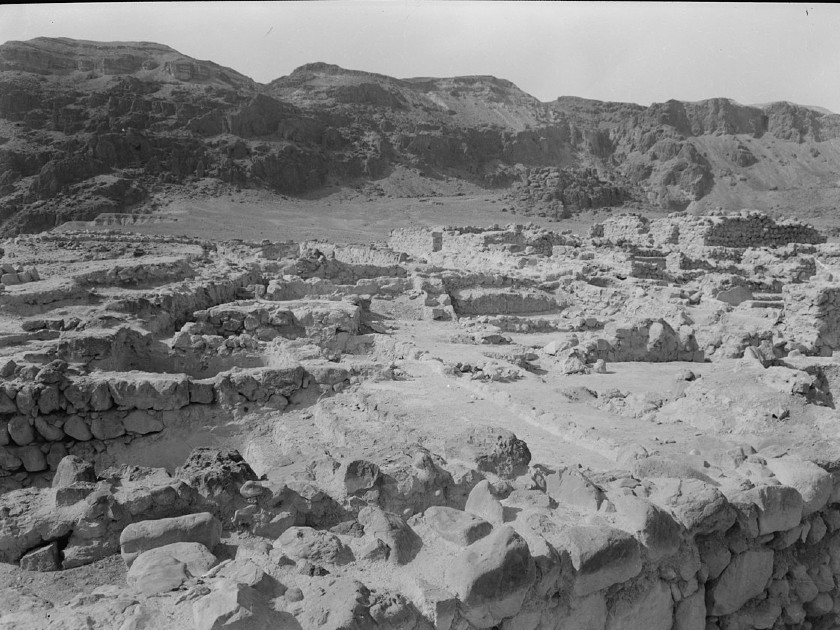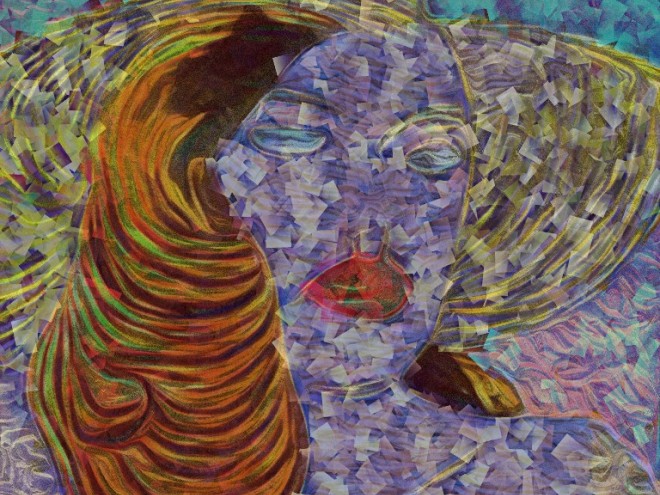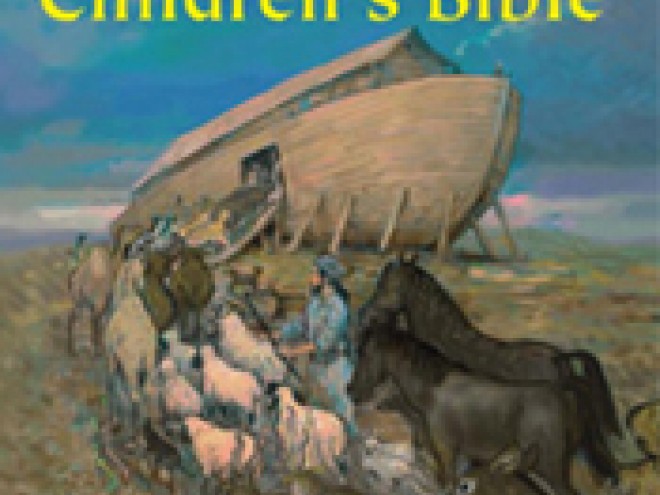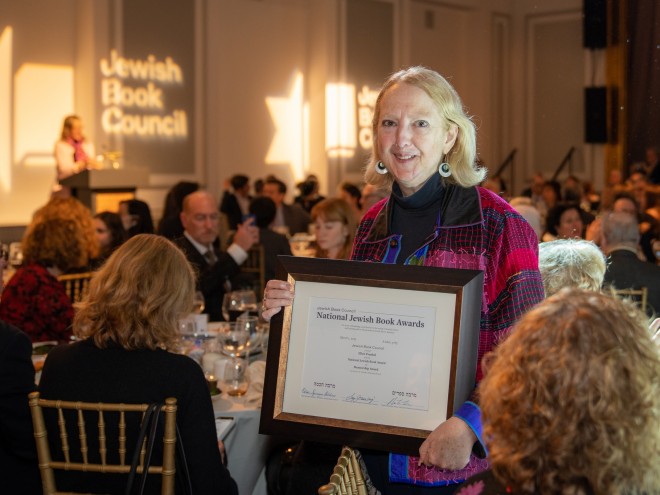
So here I was on a summer’s day, reclining in a pontoon boat on a beautiful Maine lake, surrounded by my kids and grandkids, when my cell phone rang. It was a prominent Qumran scholar whose work I’d edited at the Jewish Publication Society. “You know,” he said, “there ought to be a novel about the Dead Sea Scrolls. But I don’t write fiction.”
From this I surmised that he was inviting me to coauthor such a book with him. Despite his disclaimer of not being a novelist, he proceeded to tell me the two main plots (and a third subplot) that I should use for this historical mystery.
Alas, our collaboration didn’t work out — the tug-of-war between his devotion to research and mine to a good yarn proved irreconcilable. We parted amicably, and I continued to work on the project alone.
I knew I wanted to write a mystery connecting the first century C. E. with the twenty-first, using the Dead Scrolls as the throughline. That much my coauthor and I had agreed on. But I also wanted to feature a female intelligence agent and explore issues not typical of Mossad-esque thrillers — sexism, single motherhood, rivalry among female agents, romance from a woman’s perspective — as well as hot-button issues in contemporary Israel that would resonate with Americans. The Deadly Scrolls, the first book in my series, focuses on zealotry — religious, political, ethnic, professional, and ideological. Future volumes will touch on racism, antisemitism, political scandals, ethnic tensions.
Over the next few years, my novel morphed as novels tend to do. And then one day, while rereading a text I’d encountered when editing a non-fiction book on this subject for JPS, I discovered the plot engine for my narrative. It was embedded in a Dead Sea Scroll known as the Copper Scroll.
Everything about this ancient scroll is a mystery. Unique among the almost 1,000 partial and complete scrolls that have been unearthed in and around Qumran and the Dead Sea, the Copper Scroll is the only one written on metal — specifically, ninety-nine percent copper and one percent tin — hammered to the thickness of a page of typing paper. All the other scrolls in the Qumran corpus are written on either papyrus or parchment. In addition, the spelling, script, and linguistic character of this text’s Hebrew is of later vintage than that found in the other scrolls. Even stranger, pairs and triplets of Greek letters appear intermittently throughout the text.
These and other idiosyncrasies have raised many questions for the scholars who study this two-thousand-year-old text. Who wrote it and when? Why did the author(s) choose to inscribe it on copper? If the authors were Temple priests, why include pagan Greek?
One more anomaly about this document: the Copper Scroll is the only inventory of treasure found among the Qumran documents. This treasure is the gold and silver implements used in the Second Temple and the many shekels of annual tax revenues. The Copper Scroll lists all sixty-four places where these treasures were hidden away, presumably by the Temple priests.
The problem is that these descriptions lack the precision of a map. Instead, the Copper Scroll provides only ephemeral landmarks such as trees, human-built structures, or ambiguous locales that are constantly changed by natural forces like erosion, flash floods, or earthquakes. This is why, after decades of searching by archaeologists, scholars, and treasure-hunters, not a single one of these treasures has ever been found. (Some scholars argue that the treasures were looted centuries ago or moved, but these theories remain as unvalidated as the Copper Scroll’s own treasure map.)
Here, for instance, is the Copper Scroll’s clue for finding a large cache of gold coins: “In the lower millstone [of an olive press] in the Dale of Olives on its western side, there is a stone whose holes measure two cubits in depth, being the entranceway, [in which are laid-up] three hundred talents of gold and ten atonement vessels.” Good luck locating that millstone after two thousand years!
But what really fired up my imagination was the scroll’s final sentence: “In the underground passage that is in Sehab north of Kochalit, with its opening to the north, and which has tombs at its entrance: a duplicate of this document, and the interpretation, and ‘their measurements,’ and the protokollon of the one and the other.”
Why create a duplicate of this scroll? Why consign its interpretation to a copy of the original document? Are the Greek letters some kind of code? Does the duplicate scroll contain the decryption code? And where is Kochalit?
As a former graduate student, I knew how to dig up answers in the dusty corners of academic research. In an article published by a scholar named Al Wolters in 1988, I found the final piece of information I needed. Wolters explains that a protokollon (a Greek antecedent to our English word, “protocol”) was an extra leaf of parchment or papyrus (or copper), that served as a sort of Table of Contents or the front matter for a document. Wolters goes on to suggest that this particular protokollon might have served as a key to deciphering the Greek letters in the Copper Scroll or as a method of authenticating the two scrolls — original and copy — to complete the treasure map. What tantalizing possibilities for a mystery writer!
That’s where my plot begins — but not where it ends. However, I don’t want to ruin your experience of The Deadly Scrolls with spoilers. You’ll just have to read it yourself.
And if you’re intrigued by the scholarship and history behind the Copper Scroll, I’ve included a postscript at the end of the novel to fill in some scholarly background for my story. Maybe you’ll be the one finally to crack the code and retrieve the Second Temple treasures…
Ellen Frankel served for 18 years as Editor in Chief of JPS. She received a Ph.D. in Comparative Literature from Princeton She has published eleven books, most notably The Five Books of Miriam. She has also written librettos for chamber pieces and two operas. She has traveled widely as a Jewish storyteller. The Deadly Scrolls is her first mystery.


